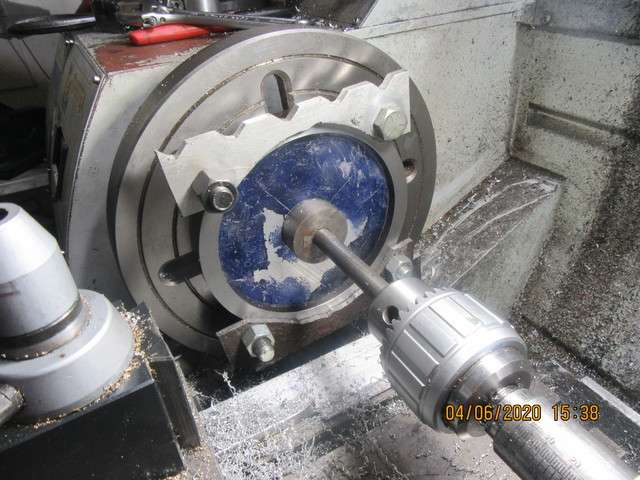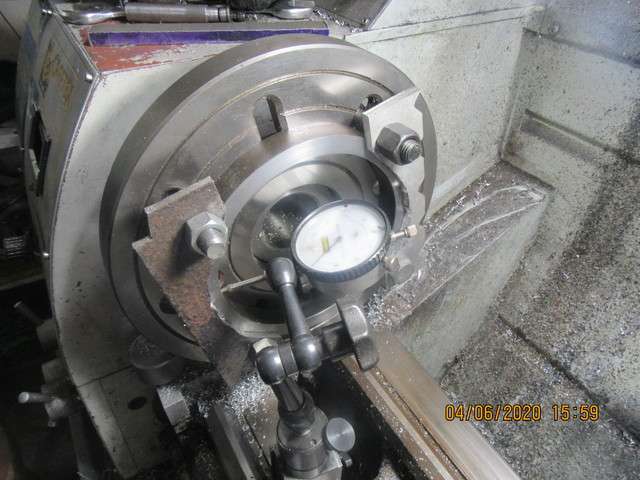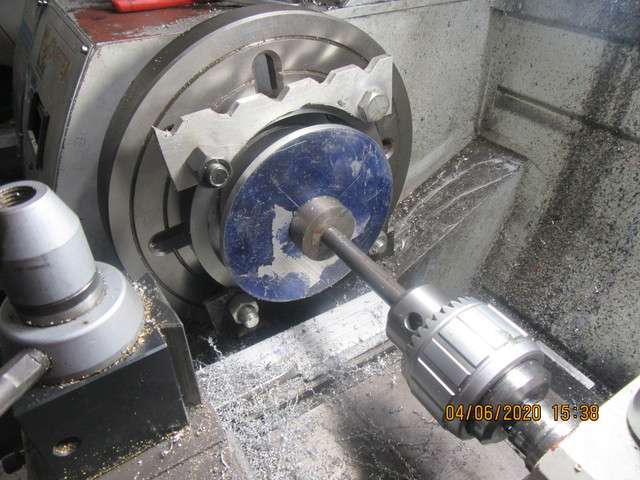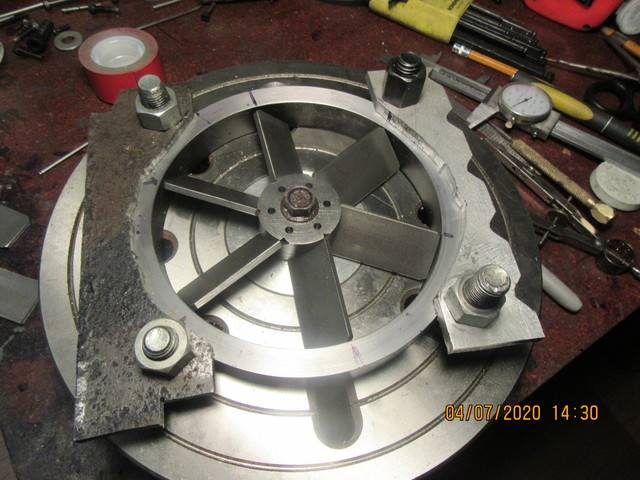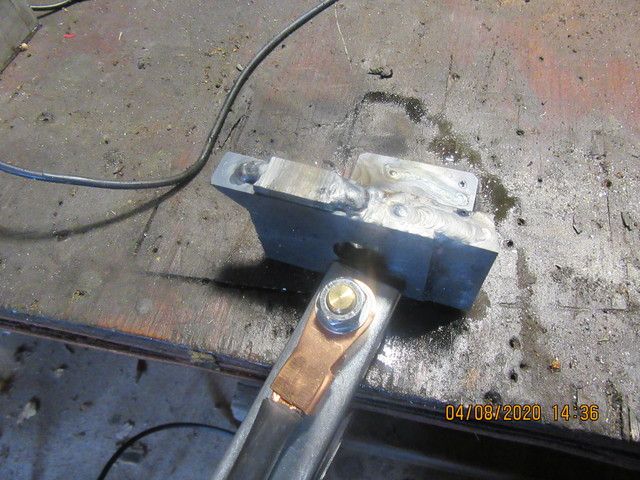I'm not so sure that loads on those blades are as small as might be imagined.
The purpose of the flywheels is to keep the engine turning between power strokes. At each power stroke, there is a large torque pulse accelerating the flywheel. If the blades are not a tight fit in the slots in the hub, the welds will be stressed and will fatigue.
The purpose of the flywheels is to keep the engine turning between power strokes. At each power stroke, there is a large torque pulse accelerating the flywheel. If the blades are not a tight fit in the slots in the hub, the welds will be stressed and will fatigue.




























![DreamPlan Home Design and Landscaping Software Free for Windows [PC Download]](https://m.media-amazon.com/images/I/51kvZH2dVLL._SL500_.jpg)


![MeshMagic 3D Free 3D Modeling Software [Download]](https://m.media-amazon.com/images/I/B1U+p8ewjGS._SL500_.png)






























